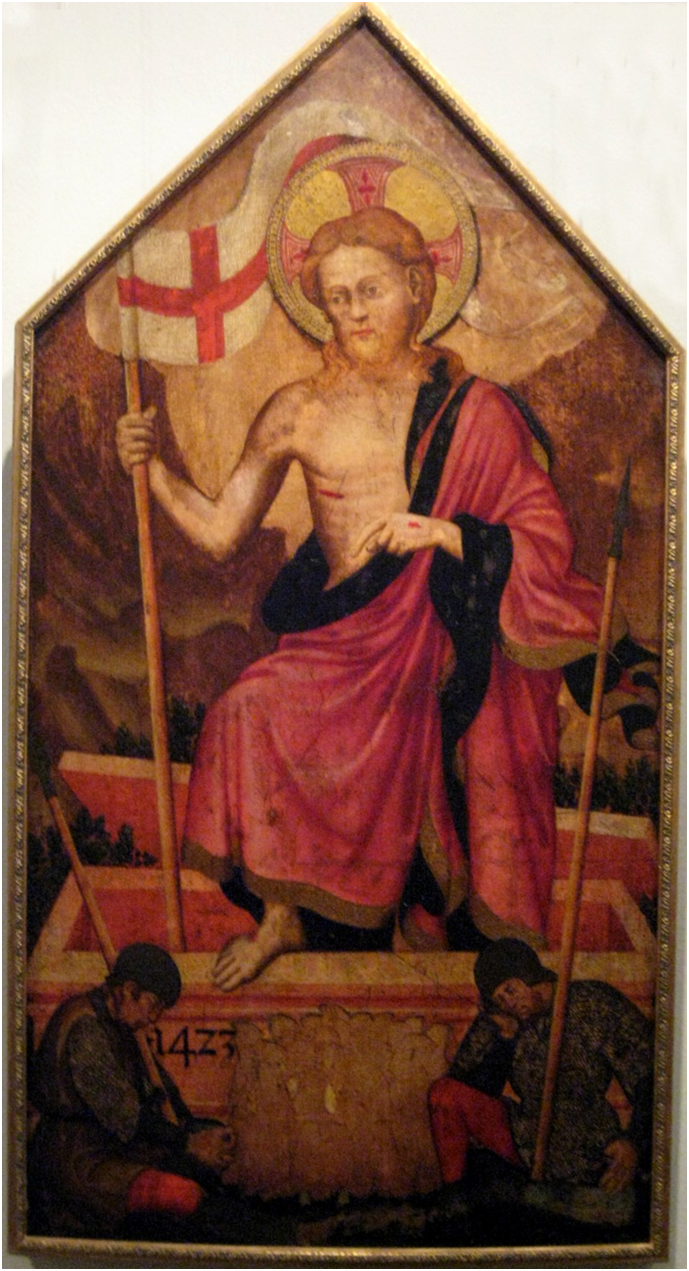Advent is Lent; Christmas
contains Easter and Easter contains Christmas. The Incarnation is Redemption
and Resurrection.
Tom
Stella (www.tomstella.org) of Soul Link in Colorado has a story: Once upon a time
three monks were praying. The first imagined angels carrying him to heaven. The
second imagined chanting in the company of angels and saints. The third, quite
distracted, imagined the variety of food awaiting him in the refectory. Later the devil wrote a report: I tried to
tempt three monks but succeeded with only the first two.
The
setting for the Christmas story (a crowed hotel, a manger and the sheep)
conveys the truth of the Incarnation. God enters the human condition in a
humble way. God lurks in ordinary circumstances. God keeps company with
imperfect people. God awaits us in the refectory or the restaurant.
The
Easter setting (dinner in an upper room, a traitor, a denier, a dusty courtyard,
a heavy rock) should convey the same truth. But for some, the glory of the
resurrection means God is back in God’s proper, serene, otherworldly place. The
temptation about Easter is to thoroughly split the heavenly from the earthly,
the spiritual from the material, the soul from the body. The messiness of
Christmas and God’s Incarnation can be lost in the exhalation of Easter.
To keep the
Incarnation in Easter, the evangelists insist on the bodily resurrection of
Jesus. He ate, he conversed and he visited normal places. He invited Thomas to
touch his physical body; saying in effect, I am not a ghost. Nonetheless a
major heresy, Gnosticism, made significant inroads into early Christianity. This
heresy teaches that Jesus was/is pure spirit and that briefly he was play-acting
as a human. Gnosticism finds a companion in Platonic philosophy which asserts
that the abstract and spiritual is superior to the material. Today this dualism
with its superior spiritual themes is called New Age.
Some
Christians make a similar mistake in equating the Resurrection with some kind
of resuscitation. These Christians sometimes suppose that their heavenly
existence is an identical continuation of earthly life with picnics, sports
events, the same body but no illness. To counter this impression, the
evangelists make it clear that the disciples do not at first recognize the
resurrected Jesus. His body is different. Their resurrection faith emerges in
conversation and tactile experience.
Let’s
admit it is difficult to maintain awareness of the Incarnation. It is tempting
to treat Christian faith as otherworldly. It is tempting to relegate God to a
spiritual realm where angels sing and to not appreciate a hint of God in the
dining hall. It is tempting to separate the Resurrection from the sheep and
jostling crowd in Bethlehem. It is tempting to feel closest to God in some
state of pure adoration.
It is,
let’s admit, difficult to experience the resurrected Christ over on Kedzie Ave.
near 61st St. where the homeless make their way, never humming a
hallelujah chorus. It might be difficult to experience the joy of resurrection
at the family’s Easter brunch where a loudmouth uncle repeatedly makes stupid
comments. It might be difficult on Easter Monday to believe that the
resurrection has anything to do with the petty resentments that pervade the
office.
But
Christ was born, Christ rose and Christ lives in ordinary comings-and-goings.
Christ hints at glory in broken people, ambivalent settings and at odd moments.
To stay attuned to the eternal joy of Easter requires the simplicity and
patience of the first witnesses in Bethlehem. The heavy stone across the tomb is
like the wood of the manger—materials essential to God’s plan of salvation.
Droel edits a newsletter on faith and
work, INITIATIVES (PO Box 291102, Chicago, IL 60629).

Powerful message thanks
ReplyDelete